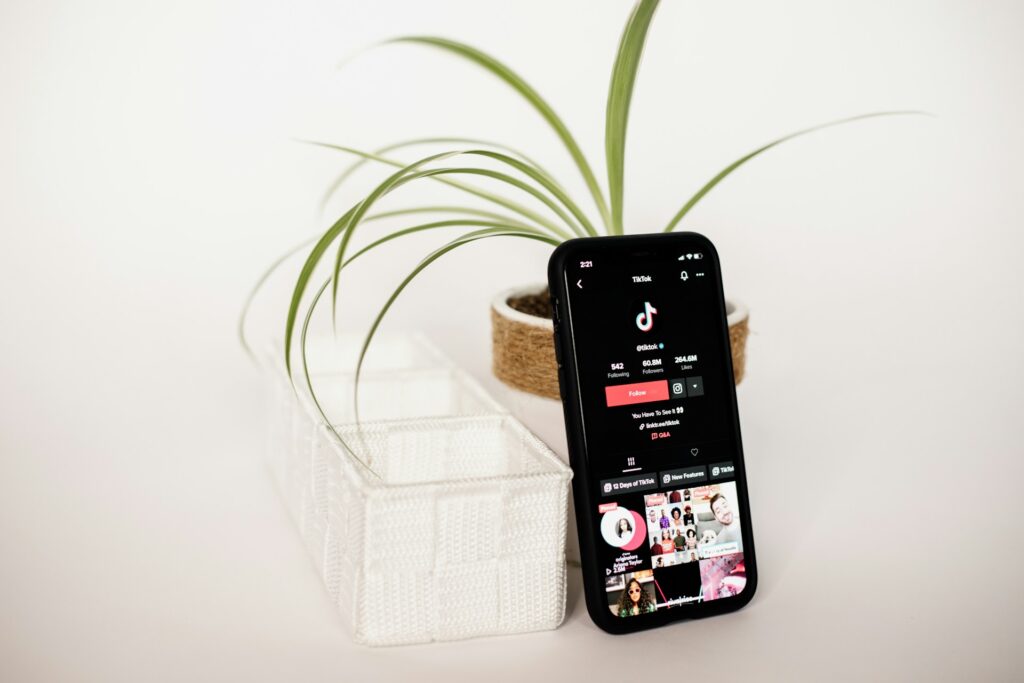TikTok has quickly become a powerful platform for digital marketing, boasting millions of active users worldwide. For businesses and marketers, understanding the optimal times to run TikTok ads can significantly impact the success of their campaigns. Timing, along with creative content, plays a crucial role in maximizing reach and engagement. This article explores the best times to run TikTok ads, considering factors such as user behavior, demographic trends, and platform analytics.
Understanding TikTok User Behavior
To effectively time your TikTok ads, it’s essential to understand the behavior of its users. TikTok’s audience is predominantly young, with a significant portion of users aged between 16 and 24. This age group tends to be highly active on social media, especially during late afternoons and evenings. Weekends also see a surge in activity as users have more free time. By aligning your ad schedule with these high-traffic periods, you can enhance visibility and engagement.
Analyzing TikTok Analytics
Leveraging TikTok’s analytics tools is crucial for identifying the best times to run ads. The platform provides insights into when your followers are most active, which can vary based on factors such as geographic location and age demographics. By regularly reviewing these analytics, you can adjust your ad schedule to match peak activity times. Additionally, experimenting with different times and analyzing performance metrics can help fine-tune your strategy for maximum impact. Consulting with a TikTok advertising agency can provide expert insights and help optimize your campaigns further.
Peak Engagement Times
Research indicates that specific times of the day tend to yield higher engagement rates on TikTok. Generally, late afternoons (3 PM to 6 PM) and evenings (7 PM to 10 PM) are ideal for posting content.

These windows align with users’ downtime after school or work, making them more likely to engage with the platform. Weekends, particularly Saturdays, also offer high engagement rates as users are more relaxed and have more leisure time to spend on social media.
Demographic-Specific Timing
Understanding your target audience’s specific demographics can further refine your ad timing strategy. For instance, if your target audience includes professionals, early mornings (7 AM to 9 AM) and lunch breaks (12 PM to 1 PM) might be optimal as these times coincide with breaks in their workday. Conversely, for a younger audience, late-night hours might prove more effective. Tailoring your ad schedule to the daily routines of your target demographics can significantly boost engagement.
Leveraging Global Trends
TikTok’s global reach means that timing strategies can vary based on regional trends. For brands targeting an international audience, it’s important to consider time zone differences. Running ads during peak times in each target region ensures that your content reaches users when they are most active. Additionally, staying updated with global trends and events that captivate TikTok users can provide timely opportunities to launch campaigns that resonate widely.
Seasonal and Event-Based Timing
Another crucial aspect of timing your TikTok ads is considering seasonal trends and major events. Holidays, back-to-school seasons, and major cultural events often see increased user activity. By planning your ad campaigns around these times, you can take advantage of the heightened interest and engagement. For instance, a TikTok advertising agency can help you identify and leverage these periods to ensure your ads are timely and relevant, thus maximizing their impact.
Conclusion
Timing is a critical component of a successful TikTok advertising strategy. By understanding user behavior, leveraging analytics, focusing on peak engagement times, considering demographic specifics, and aligning with global trends, marketers can optimize their ad schedules for maximum reach and engagement.

As the platform continues to evolve, staying agile and responsive to changing trends will ensure that your TikTok ads remain effective and impactful.
